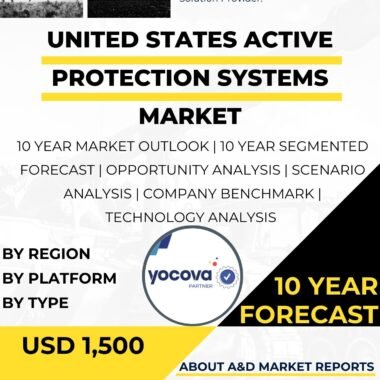Description
Submarine rescue systems are critical components of the United States Navy’s capabilities, designed to respond to emergencies and save the lives of submariners in distress. As submarines operate in deep and often hazardous environments, the need for effective rescue systems is paramount to ensure the safety of crew members and preserve the Navy’s strategic assets. The United States has developed and deployed sophisticated submarine rescue systems that are continuously evolving to address emerging challenges and advancements in technology.
The U.S. Navy primarily relies on two main submarine rescue systems: the Submarine Rescue Diving and Recompression System (SRDRS) and the Pressurized Rescue Module (PRM). Both systems are capable of providing life support, medical care, and a safe means of egress for submariners trapped in a disabled or distressed submarine.
The Submarine Rescue Diving and Recompression System (SRDRS) is a deployable system designed to rapidly respond to submarine emergencies. The SRDRS includes a pressurized rescue chamber that can accommodate a small number of submariners at a time. In the event of a submarine in distress, the SRDRS is loaded onto a specially designed rescue ship and quickly transported to the location of the affected submarine.
Upon arrival at the distressed submarine’s location, the SRDRS is deployed from the rescue ship, and its rescue chamber is submerged to the depth of the disabled submarine. Submariners inside the disabled submarine enter the rescue chamber, where they are safely transferred to the SRDRS.
Once all submariners have been successfully evacuated, the rescue chamber is sealed, and the SRDRS is brought back to the surface. During ascent, the chamber undergoes a controlled decompression process to prevent decompression sickness or other health issues for the rescued submariners. The SRDRS’s ability to conduct rapid deployment and provide life support in extreme conditions makes it a vital asset in submarine rescue operations.
The Pressurized Rescue Module (PRM) is another key component of the U.S. Navy’s submarine rescue capabilities. The PRM is a large, pressurized chamber that can accommodate a larger number of submariners than the SRDRS. It is typically transported to the rescue site via a specially equipped submarine rescue vessel.
When a submarine requires rescue, the PRM is mated with the disabled submarine’s rescue hatch, creating a sealed connection. Submariners inside the distressed submarine enter the PRM through this connection. Similar to the SRDRS, the PRM conducts a controlled ascent to the surface, providing a safe and gradual decompression process for the rescued submariners.
The PRM’s larger capacity allows it to rescue more submariners in a single operation, making it suitable for emergencies involving a higher number of crew members. It also provides medical facilities and life support systems to ensure the well-being of the rescued submariners during the rescue and return to the surface.
In addition to these primary submarine rescue systems, the United States Navy continuously explores and invests in new technologies to enhance submarine rescue capabilities. This includes research into advanced autonomous underwater vehicles (AUVs) and remotely operated vehicles (ROVs) that can conduct initial assessments of distressed submarines and assist in locating and identifying their positions.
The integration of modern sensor systems, imaging technologies, and communication equipment into submarine rescue operations allows for improved situational awareness and coordination between rescue assets. These advancements help streamline rescue efforts and expedite the response to submarine emergencies.
Moreover, international cooperation is an essential aspect of submarine rescue operations. The United States actively engages in multinational exercises and partnerships to promote interoperability and share best practices with other navies. These collaborative efforts ensure that in the event of a submarine emergency involving allied nations, a coordinated and effective rescue response can be mounted.
The commitment to training and readiness is also fundamental to submarine rescue operations. The U.S. Navy conducts regular exercises and drills to keep rescue personnel proficient in operating the rescue systems and executing rescue missions efficiently. The seamless coordination between the submarine rescue vessel, rescue chamber, and the disabled submarine’s crew is crucial for the success of rescue operations.
In conclusion, United States submarine rescue systems are indispensable components of the Navy’s capabilities, designed to provide life-saving support to submariners in distress. The Submarine Rescue Diving and Recompression System (SRDRS) and the Pressurized Rescue Module (PRM) are the primary means by which the U.S. Navy conducts submarine rescue operations. These systems exemplify the Navy’s dedication to safeguarding the lives of submariners and preserving the strategic assets of the nation. As technology continues to advance, the United States remains committed to ongoing research, development, and international cooperation to ensure the continuous improvement of its submarine rescue capabilities.




